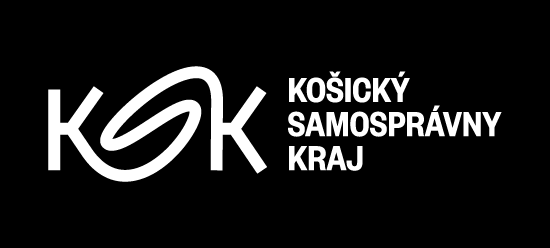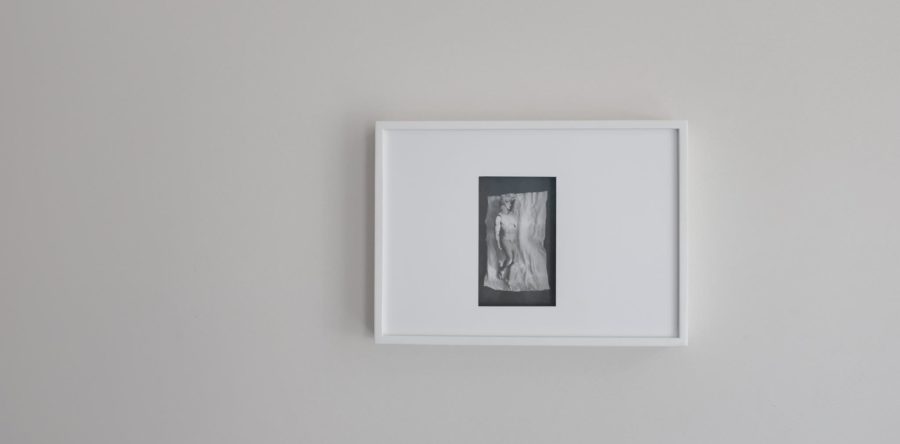opening: 1. 8. 2018 / 18:00
duration: 1. 8. 2018 – 12. 8. 2018
East Slovak Gallery, Hlavná 27
Lucie Sceranková's pop-up exhibition entitled Table museum follows up on a selection of her latest works on the topic of triumphalism and heroism. The format of short-term exhibitions and presentations at VSG supports artists who have received a scholarship from Slovak Arts Council..
Lucia Sceranková puts the motif of a triumphal gate or obelisk on her head by changing the scale and the material used. Tito's triumphal arch from Rome has become its own fluttering, flattened echo, expressing the illusiveness and transience of the glory that the monuments are to preserve permanently. In contrast to the seriousness of monuments, Sceranková uses an aspect of a certain infantility (miniature, scenery, sand structure, toy), which takes us back from the timelessness of eternal ideals to self-awareness as organs gradually forming in time and co-created by the social imperative of success and need to excel. . The motif of the toy is then explicitly present in a series of Table Museum photographs, for which the author used mass-produced figures from the Japanese company Max Factory. From the so far innumerable edition of the so-called Scerank chose three iconic figures from the table museum: Michelangelo's David, a thinker by August Rodina, and a Vitruvian man based on a drawing by Leonardo da Vinci. This choice can be interpreted as a representation of the typology of the (male) hero: David as the ideal of bodily strength and beauty, the Thinker as an allegory of philosophy and soulfulness, and the Vitruvian Man as a symbol of rationality and humanism. However, the flexibility of the game pieces (for which you also get spare limbs, including the head, as part of the package) allows you to look at these famous characters from new angles and literally play with them. Sceranková also alienates their majesty with such small shifts. At the same time, the medium of photography allows her to manipulate or abstract the impression of the real scale of the captured objects and thus achieve the same "suspicions" of photography, which is characteristic of the artist for a long time.
Luciin's approach lacks humor and irony as well as specific charm. However, the fragility and intimacy of the exhibited works function as a confident strategy of subversion, which we could almost perceive as a parody or caricature of its kind. The triumph and the hero are questioned, lightened, perhaps even ridiculed. The traditional symbols of victory, power, power and sovereignty - whether architectural monuments or famous works of art - are chosen by the artist so that they are well understood in our cultural context. The obelisk or arch can thus be compared to today's manifestations of triumphalism in the politics of the West and the East, and the trio of heroes to the overall effort for self-improvement and success.
However, we cannot ignore the fact that the author chose exclusively male heroes. At the end of the discussion on the topic of heroism, which Czech Television broadcast on the occasion of Victory Day on May 8, a brave student asked the performers why almost no women heroines were represented in the program on this topic. In Sceranka's case, however, adding female protagonists to the "Pantheon" of heroes would probably not be productive. On the contrary: the absence of heroines can be interpreted as an expression of criticism of the concept of heroism as such. The exclusivity that the idea of heroism generates (similarly to genius in art) can be perceived through the prism of domination or the law of the stronger.



